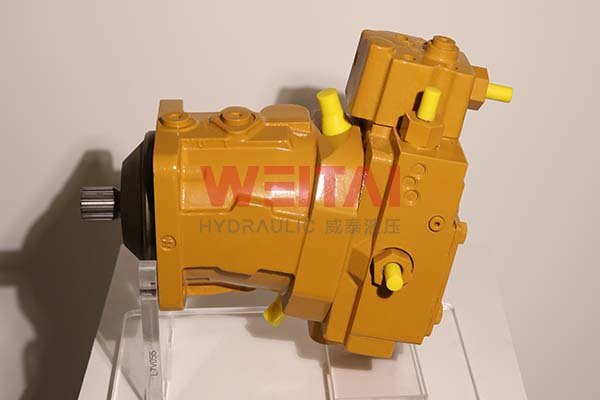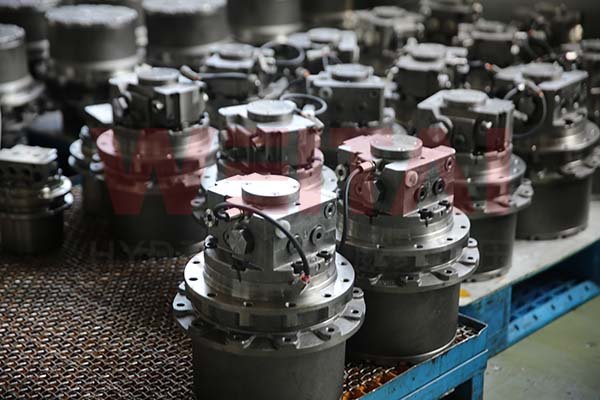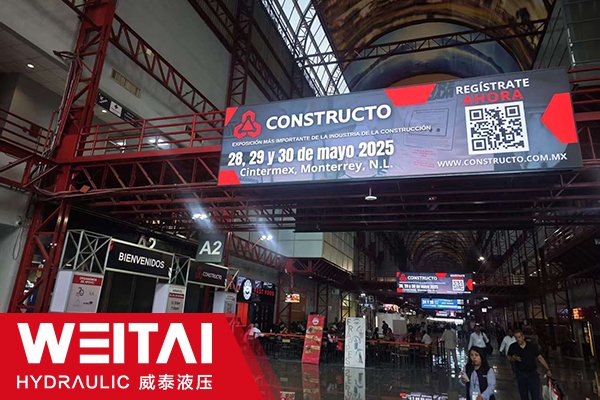Hydraulic piston pumps are critical components in many industrial and mobile applications, providing the force needed to move fluids under high pressure. When selecting a hydraulic piston pump for your hydraulic system, one key decision is whether to opt for a fixed or variable displacement pump. Each type has distinct advantages, depending on the specific needs of the application. This article will break down the differences, benefits, and use cases for both fixed and variable displacement piston pumps, helping you make an informed choice for your system.

Fixed Displacement Piston Pump
A fixed displacement piston pump delivers a constant flow rate at any given speed. The amount of fluid displaced per rotation remains fixed, meaning the pump continuously moves the same volume of hydraulic fluid through the system.
Key Features:
- Constant flow: Provides steady flow regardless of the pressure or system demands.
- Simple operation: Since there are no mechanisms to adjust flow rate, fixed displacement pumps are generally simpler and more robust.
- Cost-effective: These pumps are often less expensive to purchase and maintain due to fewer moving parts and simpler designs.
Applications:
Fixed displacement pumps are ideal for applications where consistent flow is required, such as in conveyors, agricultural machinery, and industrial presses. Since they don’t adjust to varying load conditions, they work best when there is a steady operational demand.
Variable Displacement Piston Pump
A variable displacement piston pump, as the name suggests, allows for adjustments in the amount of fluid displaced per rotation. The pump can regulate its flow rate to match the system’s demands, which can improve overall efficiency.
Key Features:
- Adjustable flow: Flow rate can vary based on the system’s pressure and operational requirements.
- Energy-efficient: Since the pump adjusts output to meet the actual demand, it consumes less power, leading to energy savings, especially in applications with variable loads.
- Control options: Often integrated with electronic or mechanical controllers to fine-tune pump performance, allowing for more precise control over the hydraulic system.
Applications:
Variable displacement pumps are ideal for applications that require varying flow rates, such as in mobile cranes, excavators, and machine tools. Their ability to adjust to changing load conditions makes them suitable for systems that experience intermittent or fluctuating demands.
Choosing the Right Piston Pump for Your Application
When deciding between a fixed and variable displacement piston pump, consider the following factors:
- Flow Demand:
- If your application requires a steady, consistent flow, a fixed displacement pump is likely the best choice. For example, if you’re operating a conveyor system that moves material at a constant rate, a fixed displacement pump offers reliability without the need for flow adjustments.
- If your system’s flow demand fluctuates, a variable displacement pump offers the flexibility needed to adjust to changing conditions. This is particularly useful in machinery that operates at different speeds or with varying loads, such as mobile equipment or hydraulic presses.
- Energy Efficiency:
- Variable displacement pumps excel in energy efficiency because they adjust flow based on need. This means less wasted energy, especially in systems with varying pressure requirements. If minimizing energy consumption is a priority, variable displacement pumps are the better choice.
- However, fixed displacement pumps may be sufficient if your system operates consistently and energy efficiency is not a critical concern.
- Control Requirements:
- If your hydraulic system requires precise control over flow and pressure, a variable displacement pump’s flexibility will offer better performance.
- For simpler systems with fewer control demands, the ease and reliability of a fixed displacement pump will suffice.
- Cost Considerations:
- While variable displacement pumps offer greater versatility and efficiency, they tend to be more expensive due to their complexity. This higher upfront cost may be offset by energy savings over time, especially in systems with variable demands.
- Fixed displacement pumps, on the other hand, are more affordable and simpler to maintain, making them a cost-effective option for applications with consistent demand.
Final Thoughts
Selecting between a fixed and variable displacement piston pump ultimately comes down to the specific requirements of your hydraulic system. Fixed displacement pumps offer simplicity, reliability, and cost savings for systems that require consistent flow. Variable displacement pumps, meanwhile, provide flexibility, energy efficiency, and precision for applications with fluctuating demands.
Before making your decision, evaluate the operational needs, energy considerations, and control requirements of your system. By choosing the right pump, you can optimize the performance, longevity, and cost-effectiveness of your hydraulic system.



